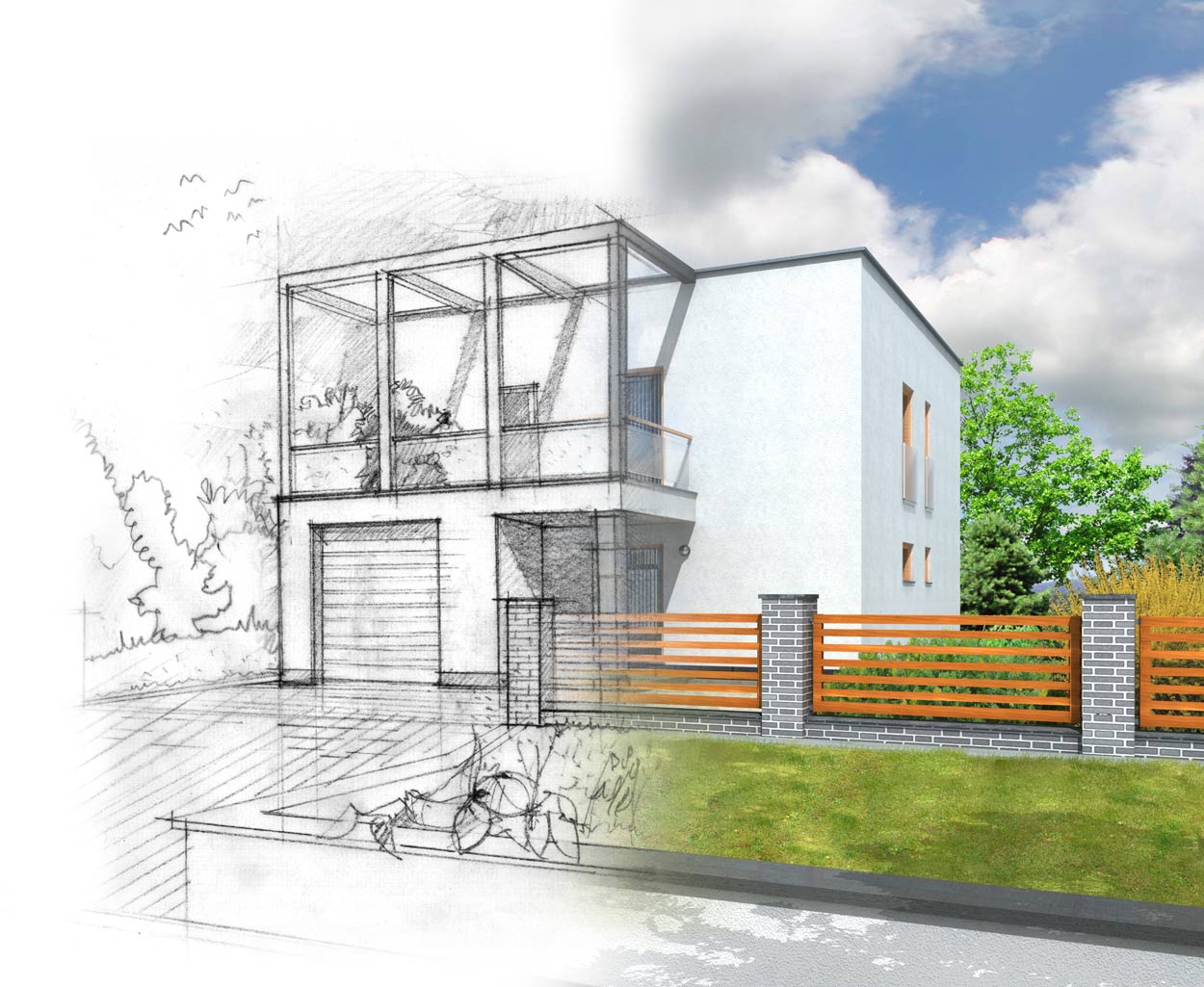
State building codes play a crucial role in ensuring the safety and quality of structures across the United States. These codes set standards for construction, design, and materials used in buildings. They aim to protect public health, safety, and welfare.
Each state has its own set of building codes that govern construction practices within its borders.
While there are national model codes, states often adapt and modify these to fit their specific needs. Texas, for example, has adopted several international codes for various aspects of building construction. Clearly this plays a big role in barndo regulations as Texas was the launch for barndominiums.
Building codes cover a wide range of areas, including structural integrity, fire safety, energy efficiency, and accessibility. They apply to new construction as well as renovations and repairs of existing buildings. Compliance with these codes is typically enforced at the local level, with city or county officials responsible for inspections and approvals.
Key Takeaways
- Building codes set standards for construction to ensure safety and quality.
- States adapt national model codes to fit their specific needs and requirements.
- Local officials enforce building codes through inspections and approvals.
Alabama (AL)
Alaska (AK)
Arizona (AZ)
Arkansas (AR)
California (CA)
Colorado (CO)
Connecticut (CT)
Delaware (DE)
Florida (FL)
Georgia (GA)
Hawaii (HI)
Idaho (ID)
Illinois (IL)
Indiana (IN)
Iowa (IA)
Kansas (KS)
Kentucky (KY)
Louisiana (LA)
Maine (ME)
Maryland (MD)
Massachusetts (MA)
Michigan (MI)
Minnesota (MN)
Mississippi (MS)
Missouri (MO)
Nebraska (NE)
Nevada (NV)
New Hampshire (NH)
New Jersey (NJ)
New Mexico (NM)
New York (NY)
North Carolina (NC)
North Dakota (ND)
Ohio (OH)
Oklahoma (OK)
Oregon (OR)
Pennsylvania (PA)
Rhode Island (RI)
South Carolina (SC)
South Dakota (SD)
Tennessee (TN)
Texas (TX)
Utah (UT)
Vermont (VT)
Virginia (VA)
Washington (WA)
West Virginia (WV)
Wisconsin (WI)
Wyoming (WY)
Key Components of State Building Codes
State building codes cover crucial aspects of construction to ensure safety, efficiency, and functionality. These codes address structural integrity, energy use, electrical systems, plumbing, and fire prevention measures.
Structural Requirements
Structural requirements form the backbone of state building codes. These rules ensure buildings can withstand various loads and environmental forces. Key areas include:
• Foundation design • Wall and roof framing • Seismic and wind resistance
Codes specify minimum strengths for materials like concrete, steel, and wood. They also set standards for connections between building elements.
Some states have extra rules for areas prone to natural disasters. For example, coastal regions may need hurricane-resistant designs. Mountain areas might require snow load calculations.
Building codes are adopted by state and local governments. This allows for regional customization based on specific needs and risks.
Energy Efficiency Standards
Energy codes aim to reduce building energy use and costs. They cover:
• Insulation levels for walls, roofs, and floors • Window and door efficiency ratings • HVAC system performance
Many states base their rules on the International Energy Conservation Code (IECC). This model code is updated every few years to include new technologies.
Some energy code requirements:
- Minimum R-values for insulation
- Maximum U-factors for windows
- Airtightness standards for the building envelope
These rules help lower energy bills and reduce environmental impact. They also improve indoor comfort for building occupants.
Electrical Systems
Electrical codes ensure safe and reliable power distribution in buildings. Key components include:
• Wiring methods and materials • Circuit protection devices • Grounding and bonding
Most states adopt the National Electrical Code (NEC) as their standard. The NEC covers both residential and commercial buildings.
Electrical codes set rules for:
- Outlet placement and spacing
- Lighting requirements
- GFCI protection in wet areas
These standards help prevent fires, shocks, and other electrical hazards. They also ensure buildings have enough power capacity for modern needs.
Plumbing and Sanitation
Plumbing codes protect public health by ensuring clean water supply and proper waste removal. They cover:
• Pipe sizing and materials • Fixture installation • Water heater safety
Many states use the International Plumbing Code (IPC) or Uniform Plumbing Code (UPC) as a basis. These codes set standards for:
- Water pressure and flow rates
- Backflow prevention
- Venting of drainage systems
Plumbing codes also address water conservation. They may require low-flow fixtures or set limits on water consumption.
Fire Safety and Prevention
Fire codes are crucial for protecting life and property. They include rules for:
• Fire-resistant construction • Egress routes and emergency lighting • Smoke and fire detection systems
Key components of fire codes include:
- Sprinkler system requirements
- Fire-rated doors and walls
- Occupancy limits for buildings
These codes also set standards for firefighter access and equipment. They may require features like standpipes or fire department connections.
Fire codes often vary based on building type and use. For example, high-rise buildings or assembly spaces may have stricter requirements.
Frequently Asked Questions
What are the differences between state building codes and the International Building Code?
States often base their codes on the International Building Code. But they may make changes. Some states add stricter rules. Others may leave out parts. States can also include local concerns like earthquake or hurricane risks.
How often do state building codes get updated?
Most states update their codes every three years. This matches the update cycle of the International Building Code. But some states may update more or less often. Check your state’s building department website for the most recent version.
What are some important considerations when reviewing state building codes?
Pay attention to local amendments. These are changes made to fit local needs. Look for energy efficiency rules. They can affect building costs. Check for accessibility requirements. These ensure buildings work for everyone. Safety standards are key. They protect people from fire and other dangers.

